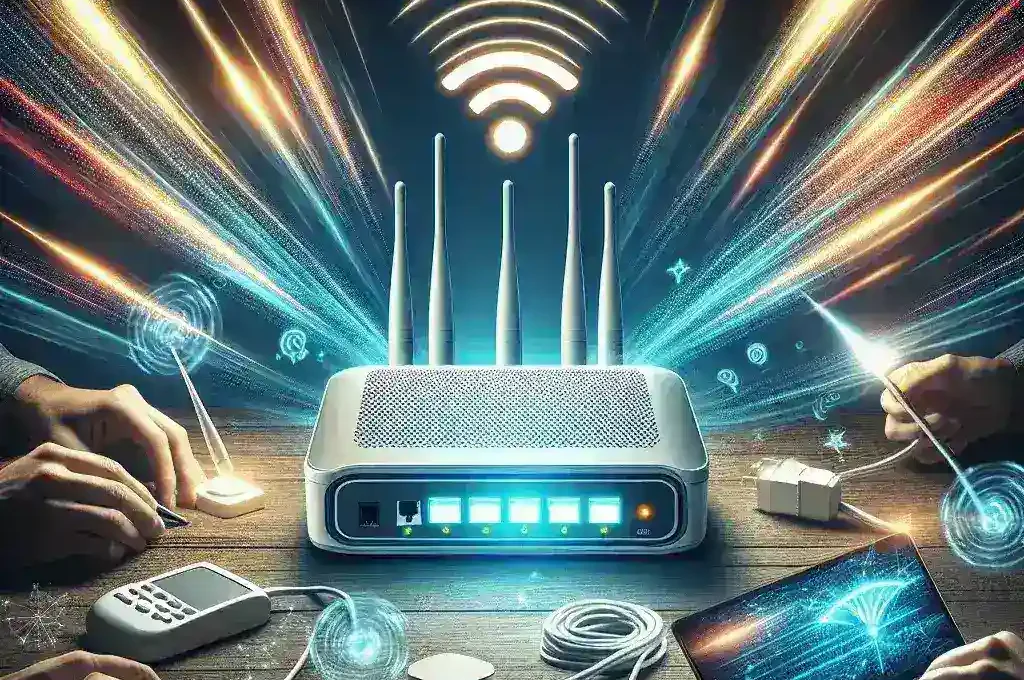Introduction
In today’s digital age, a slow Wi-Fi connection can be incredibly frustrating, especially when you need to be productive or enjoy seamless streaming. Whether you’re working from home, gaming, or binge-watching your favorite shows, having a speedy Wi-Fi connection is essential. This article provides you with effective troubleshooting tips and tricks to speed up your slow Wi-Fi and enhance your internet experience.
1. Check Your Internet Plan
Before diving into troubleshooting, ensure that your internet plan matches your needs. Check the speed you’re paying for and see if it aligns with your requirements. If you find your plan inadequate, consider upgrading to a higher speed package.
2. Restart Your Router
One of the simplest yet often overlooked solutions is to restart your router. Power cycling your router can clear out any temporary issues and improve your connection. To do this, simply unplug your router, wait 30 seconds, and then plug it back in.
3. Optimize Router Placement
The placement of your router can significantly impact your Wi-Fi speed. Place your router in a central location, away from walls and obstructions. Ensure it is elevated, ideally placed on a shelf or table, and avoid placing it in confined spaces.
4. Update Router Firmware
Router manufacturers regularly release firmware updates to address bugs and improve performance. Access your router’s settings through its IP address and check for available updates. Keeping your router up-to-date can result in better speed and security.
5. Secure Your Network
An unsecured Wi-Fi network can be accessed by unauthorized users, slowing down your connection. Ensure your network is protected with a strong password and use WPA3 encryption if supported by your router.
6. Reduce Interference
Wi-Fi signals can be disrupted by other electronic devices such as microwaves, cordless phones, and baby monitors. Try to keep such devices away from your router. Additionally, switching to a less congested channel can also help reduce interference.
7. Limit Background Programs
Devices running multiple applications and background programs can consume significant bandwidth. Close unnecessary apps and software running in the background to free up bandwidth for essential tasks.
8. Use a Wi-Fi Extender
If you have a large home or multiple floors, consider using a Wi-Fi extender to boost your signal strength. Wi-Fi extenders can amplify your signal and eliminate dead zones, providing better coverage throughout your home.
9. Upgrade Your Hardware
If your router is outdated, it might not support the latest Wi-Fi standards or deliver optimal performance. Upgrading to a modern router with advanced features like MU-MIMO and beamforming can make a significant difference in speed and coverage.
Conclusion
In conclusion, a slow Wi-Fi connection doesn’t have to be a permanent issue. By following these troubleshooting tips and tricks, you can enhance your Wi-Fi speed and enjoy a smoother, more reliable internet experience. Remember to regularly monitor your network performance and keep your hardware up-to-date to ensure the best possible connection.

